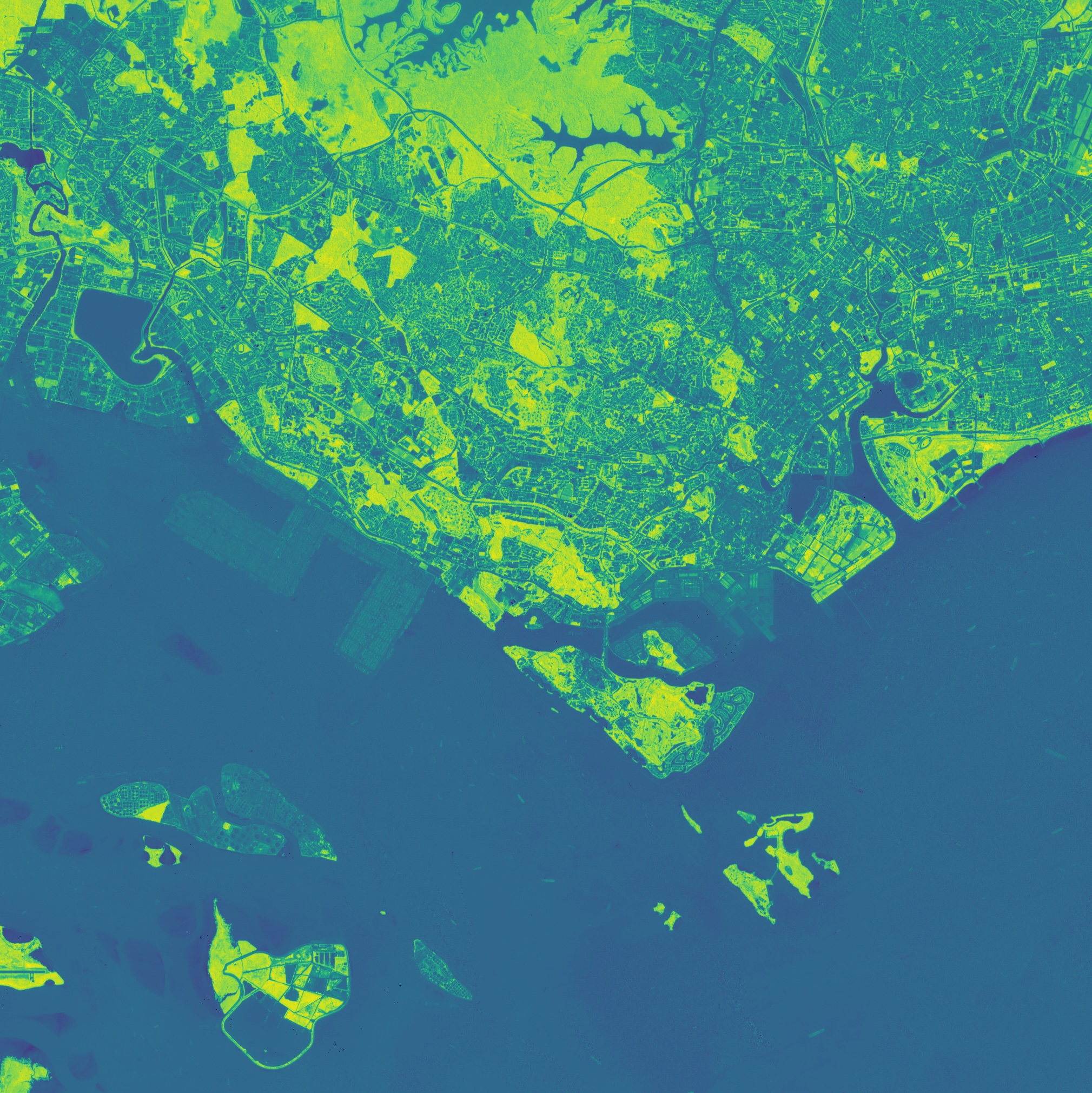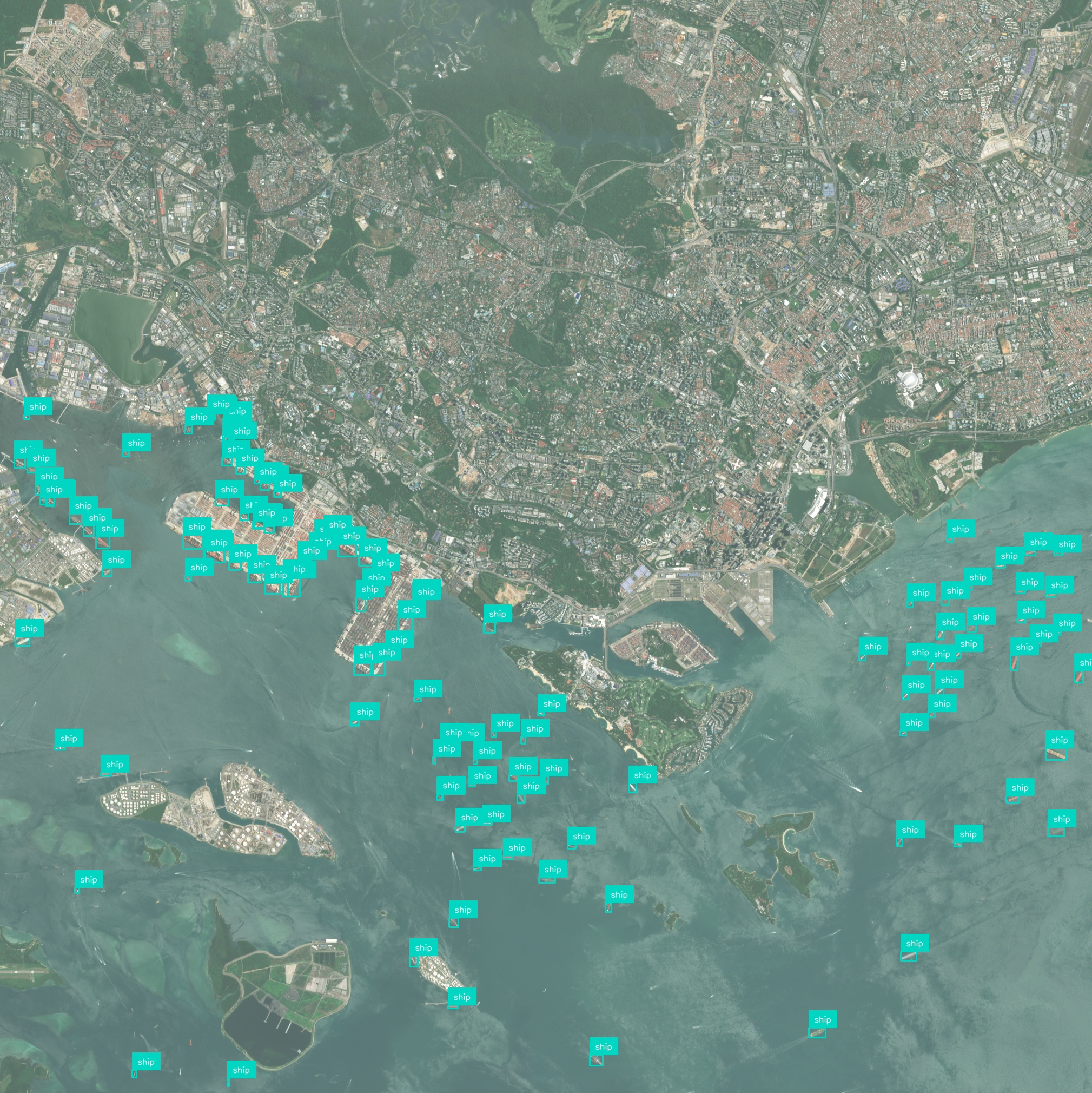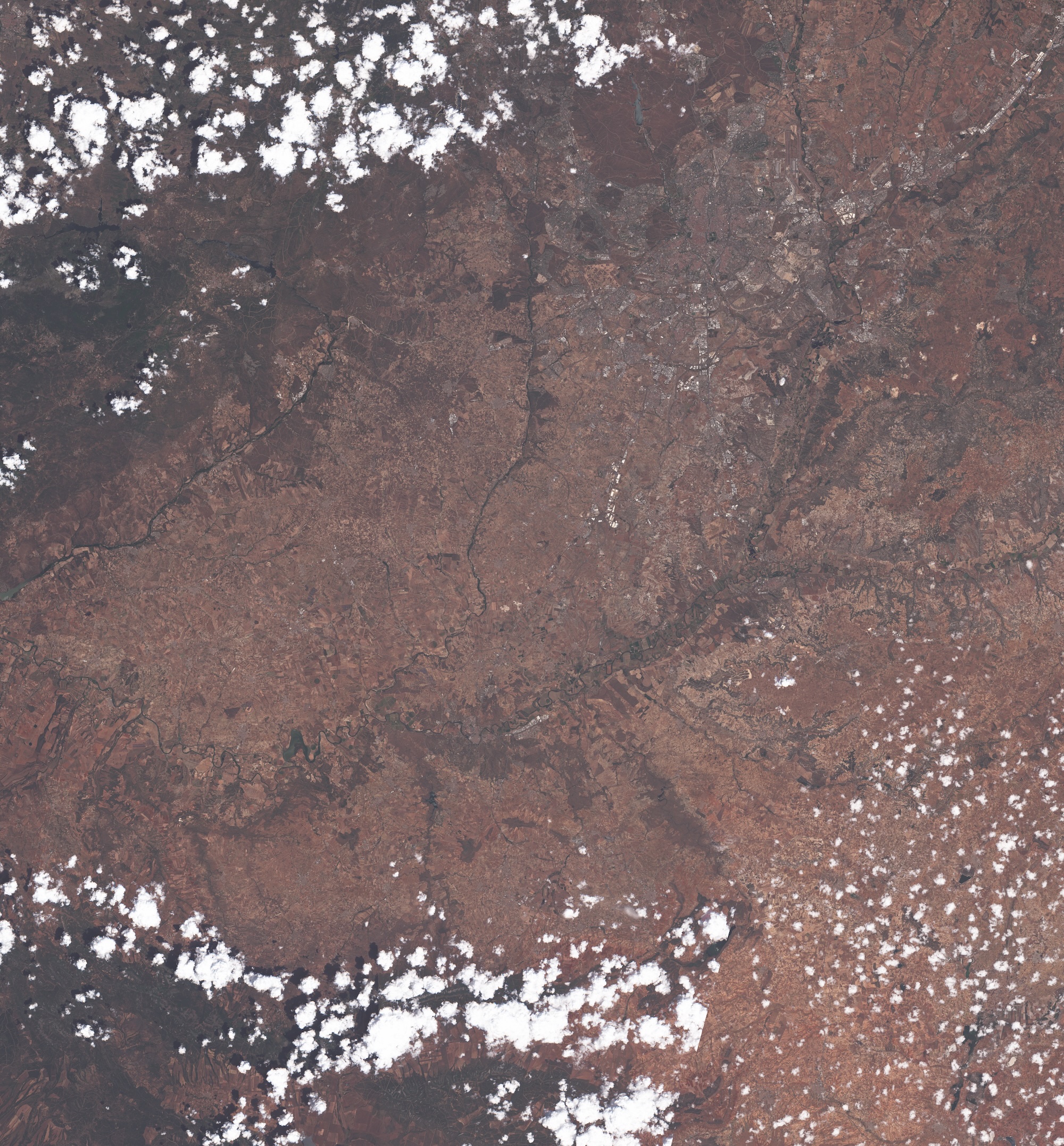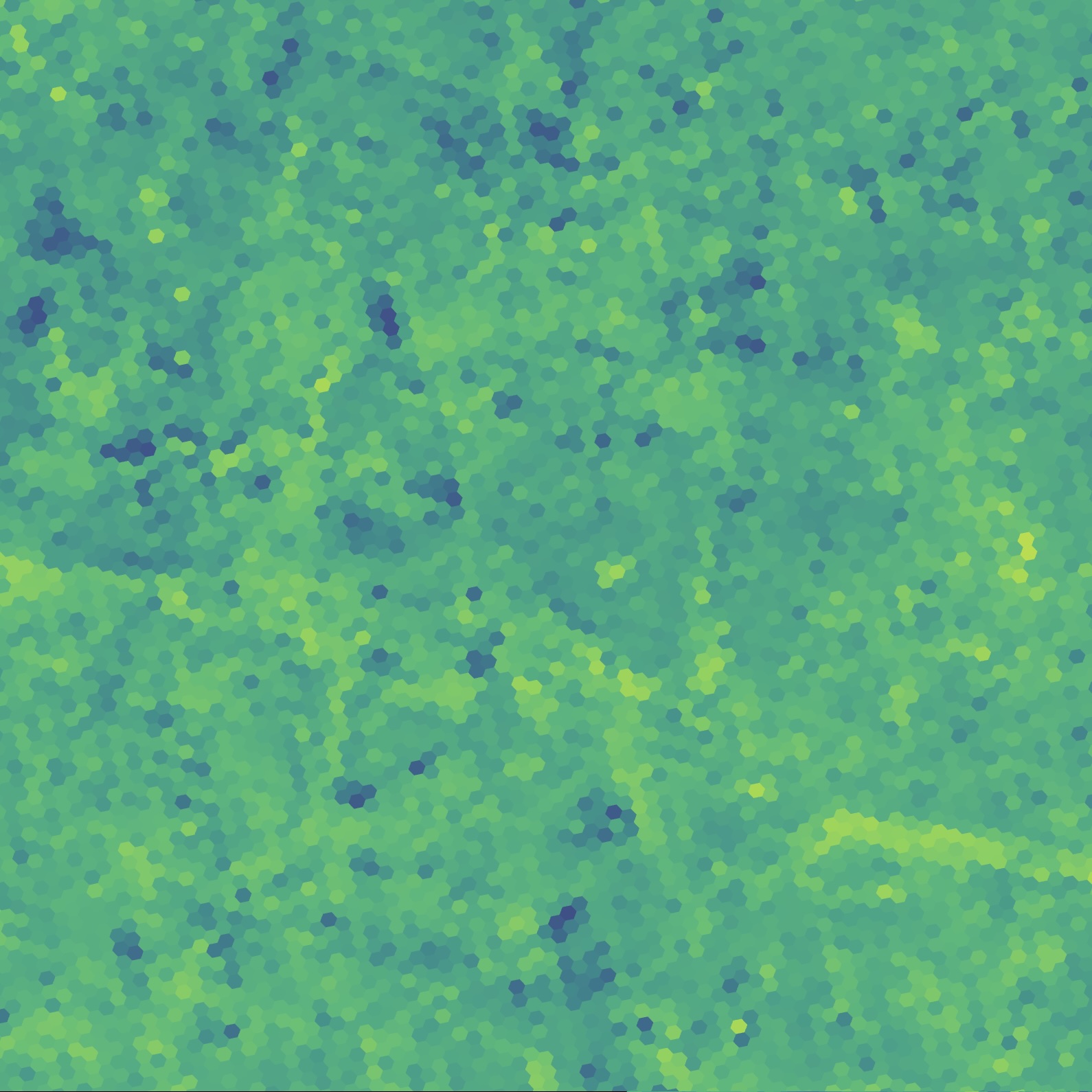Bridge Monitor
Continuous geospatial monitoring detects structural deformations and displacement in bridges with centimeter-level accuracy, enabling proactive maintenance and safety assurance.





Continuous geospatial monitoring detects structural deformations and displacement in bridges with centimeter-level accuracy, enabling proactive maintenance and safety assurance.





How does it work?
Manual inspections and limited point sensors often miss early-stage structural issues and subtle displacements in bridges. Automated geospatial analytics using satellite, drone, and LiDAR data provides comprehensive, high-resolution monitoring that identifies potential failures before they escalate.
Combines satellite, UAV, and LiDAR data to measure bridge movement at centimeter scale. This precise monitoring captures subtle shifts undetectable by traditional surveys.
Detects micro-cracks, tilting, and structural anomalies before they become critical. Early alerts enable targeted inspections and timely repairs, reducing downtime.
Continuous condition assessment informs maintenance schedules based on real performance. Proactive interventions prevent degradation and extend service life.
Identifies potential failure points and displacement trends to mitigate safety hazards. Real-time alerts enhance decision-making and protect public welfare.
Automated data processing reduces reliance on manual inspections and costly shutdowns. Optimized maintenance planning lowers operational and repair expenses.
Analytics can monitor multiple bridges across large regions using diverse imagery sources. The platform scales from individual structures to national networks.
Have a different question and can’t find the answer you’re looking for? Reach out to our support team by sending us an email and we’ll get back to you as soon as we can.
Geospatial AI Platform

AI & foundation models
Deep-learning and foundation models turn raw imagery into ready-to-use insights, so you ship answers instead of training pipelines.

Conversational workflow
Ask questions in plain language and the platform responds with charts, visualizations, and next step suggestions.

GPU-accelerated cloud
Cloud-native architecture spins up on-demand GPU clusters that scale from a single scene to global archives—no manual ops, no bottlenecks.

Any sensor, any format
Optical, SAR, drone, IoT, vector or raster—ingest, fuse, and analyze without conversion headaches.

Insight you can see
Real-time 2D / 3D maps and export-ready plots make results clear for engineers, execs, and clients alike.
Turn satellite, drone, and sensor data into clear, real-time insights using powerful AI – no complex setup, just answers you can see and act on.